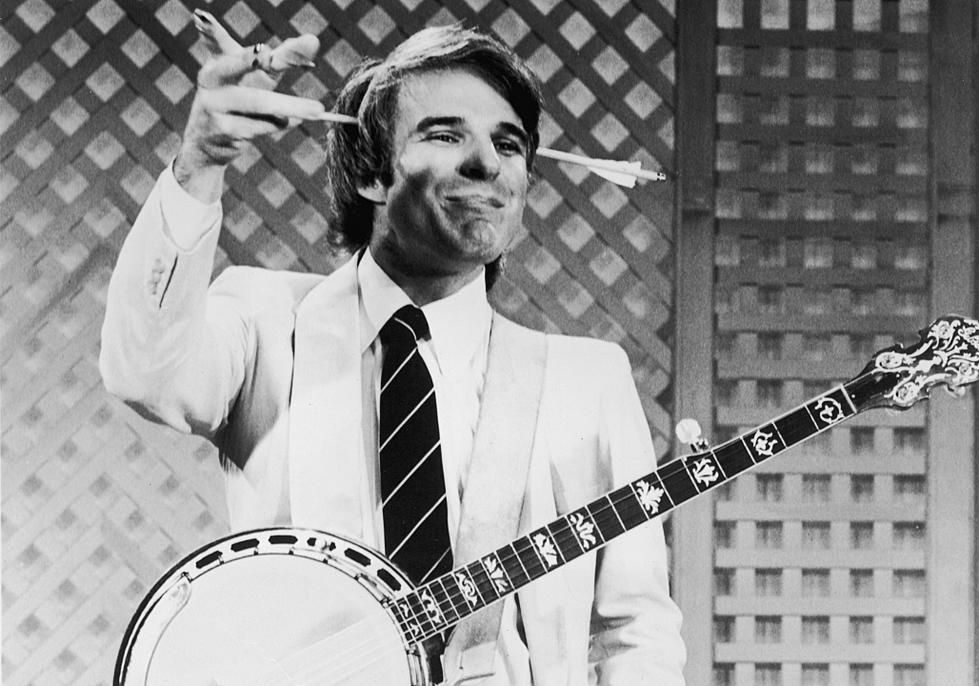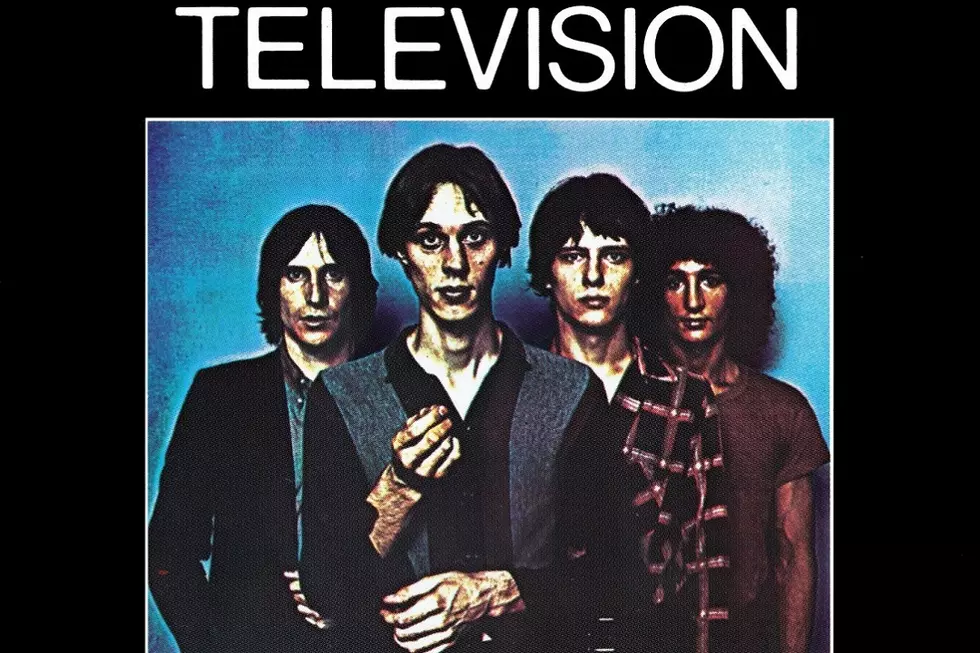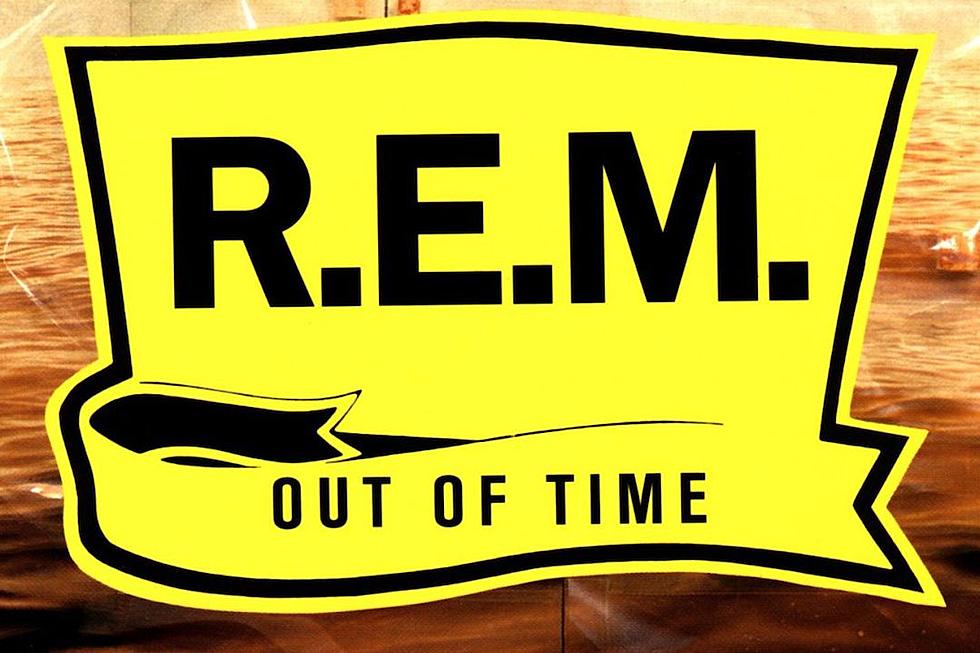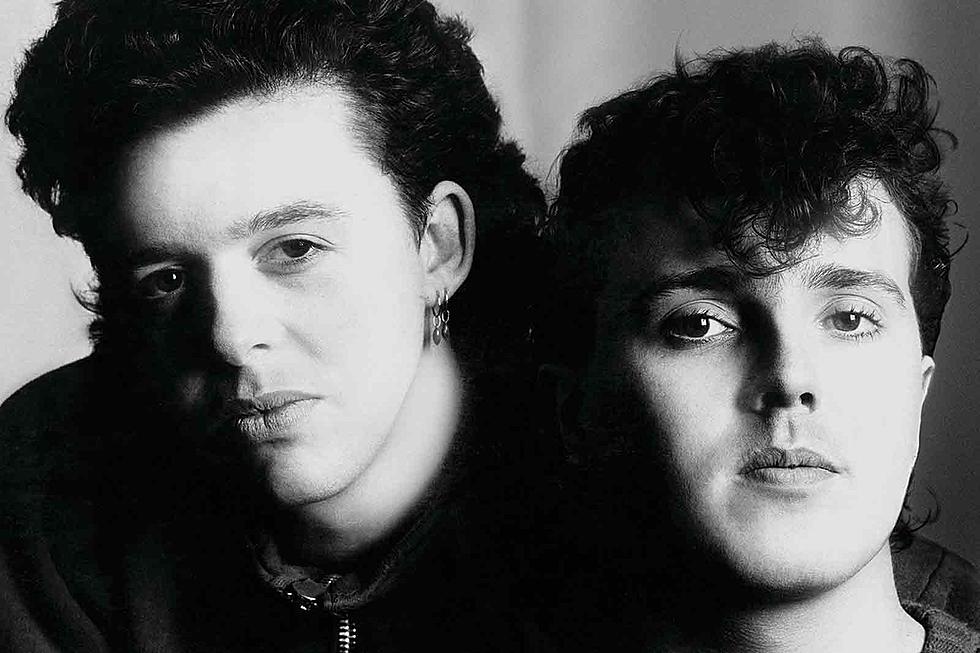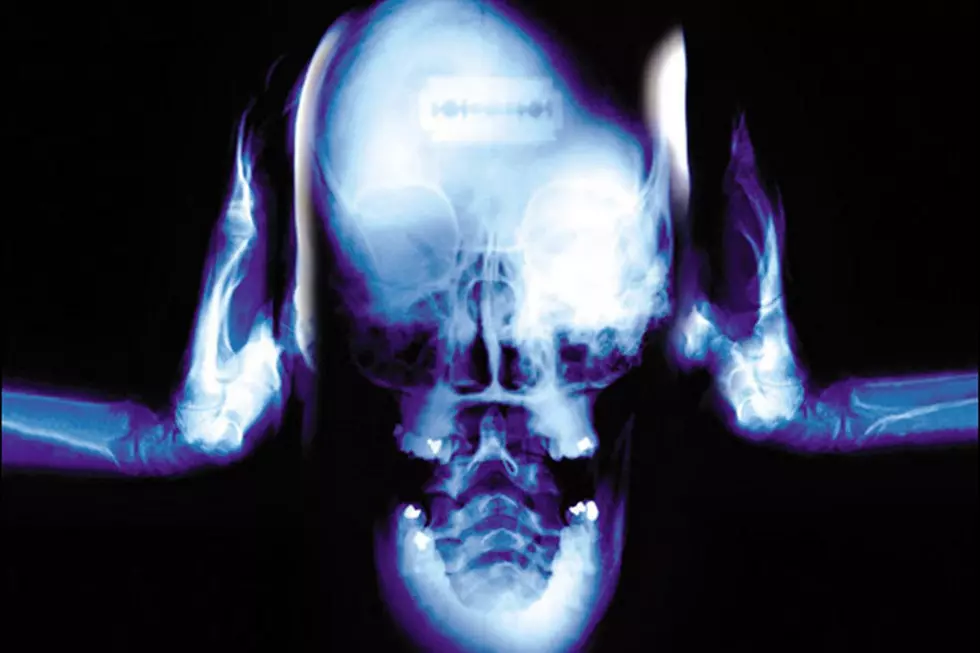
20 Years Ago: Rollins Band Ends Their Classic Lineup With ‘Come In and Burn’
Rollins Band experienced a good degree of success in 1994 with the album Weight and the cynically driven “Liar,” initially intended as a joke to be maybe used as a B-side but deemed as a single by the label, which had its profile driven even higher by the gloriously over-the-top Anton Corbijn-directed video. When it came time for the follow-up, expectations were lofty and even more pronounced when the group was signed to the newly created Dreamworks Records. Come In and Burn, released on March 25, 1997, ended up becoming one of the first LPs put out by the label.
Written and recorded in New York like the previous few Rollins Band efforts, Come In and Burn was the second to feature the outfit’s classic lineup of Henry Rollins at the mic, Chris Haskett on guitar, Sim Cain on drums and Melvin Gibbs on bass. It would also be their last together, which is a shame because the groove they had gotten into was one that many hard rock acts would find enviable.
From the opening swirl of “Shame,” the music is tighter, darker and more atmospheric than its predecessors. That was the dichotomy of the Rollins Band; when things looked to be going well on the outside, they retreated deeper into the agonizing recesses of the singer’s tortured psyche. Shiny happy people they weren't.
“There are very specific reasons why I'm in a band, why I write lyrics,” Rollins told Vox. “I don't write lyrics when I'm happy. I only write when I'm sad, frustrated, or really depressed. For me, music is for a specific purpose, it's the place where I go when it's like volcano time."
In a similar vein, Rollins took pains to detail his relationship failures on songs like “Rejection,” “All I Want” and the self-loathing failure expressed in “Spilling Over the Side.”
"[It’s] about being very lonely and meeting a stranger,” Rollins explained about the latter. “It could be a guy meeting a girl in a bar; he starts talking to her and telling her way more than she wants to know. Three hours later, he realizes what a jerk he's been and goes home thinking how pathetic is that. And I've done that.”
Elsewhere, and despite the Rollins Band’s leanings toward the experimental and jazz-like side of the spectrum on “Neon” and “The End of Something,” there were innately lean and intense moments like “On My Way to the Cage,” where Gibbs motors through the song with his rumbling bass and “Starve,” which Rollins would tell Metal Hammer was about challenging oneself by going sans provisions.
"The only time you define your character is when you go without,” he said. “In times of hardship, you find out what you're made of and what you're capable of. If you're never tested, you'll never define your character."
“I think we really pushed ourselves,” Rollins said during a Canadian press conference the week before Come In and Burn dropped. “I'm very proud of us. Lyrically, I pushed myself lyrically, and I pushed myself vocally, and it was really hard. Half those songs were really painful to write.”
Perhaps that’s why he decided to call it a day with that lineup. Maybe he wanted to explore different avenues instead, which Rollins certainly did by enlisting Los Angeles based Mother Superior to be his backing band the following year for a more stripped-down and straight-ahead form of hard rock.
“It's not that I have a problem with the Rollins Band, or that we've broken up or anything; I just wanted to give those guys a rest and give myself a rest from the Rollins Band ritual,” he told the A.V. Club. “It's been 10-and-a-half years without a break. It's cool stuff that we do; I just wanted to work with other people, and I wanted to work with someone here in L.A., where I could just drive down the street to practice and not have to camp out in New York in the summer.”
The union with Mother Superior would continue for two albums, 2000’s Get Some Go Again and Nice in 2001. It would be nearly a decade before Rollins resurrected the classic lineup of the Rollins Band for a tour in the summer of 2006 with X on a jaunt dubbed “As the World Burns.” No new music would be forthcoming.
The 50 Most Influential Alternative Musicians of the 21st Century
More From Diffuser.fm
